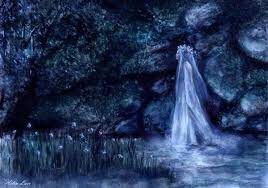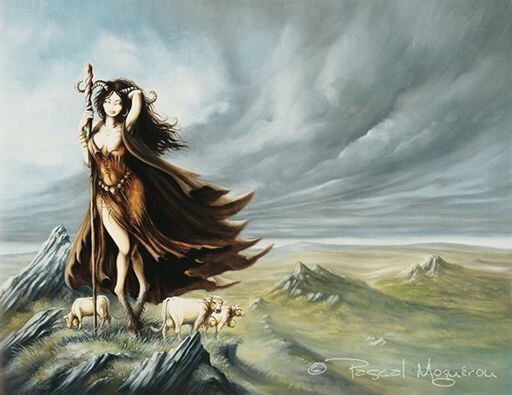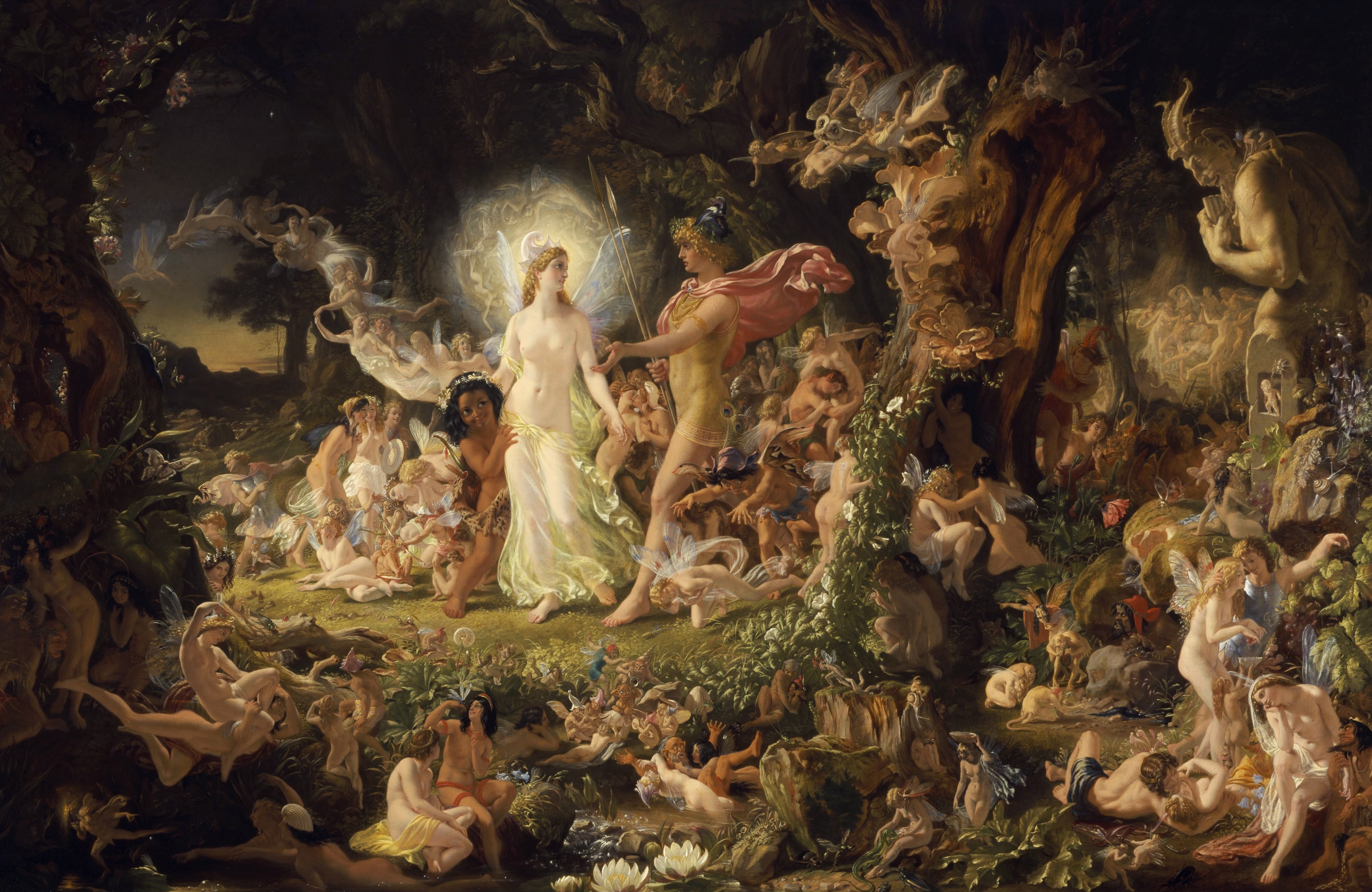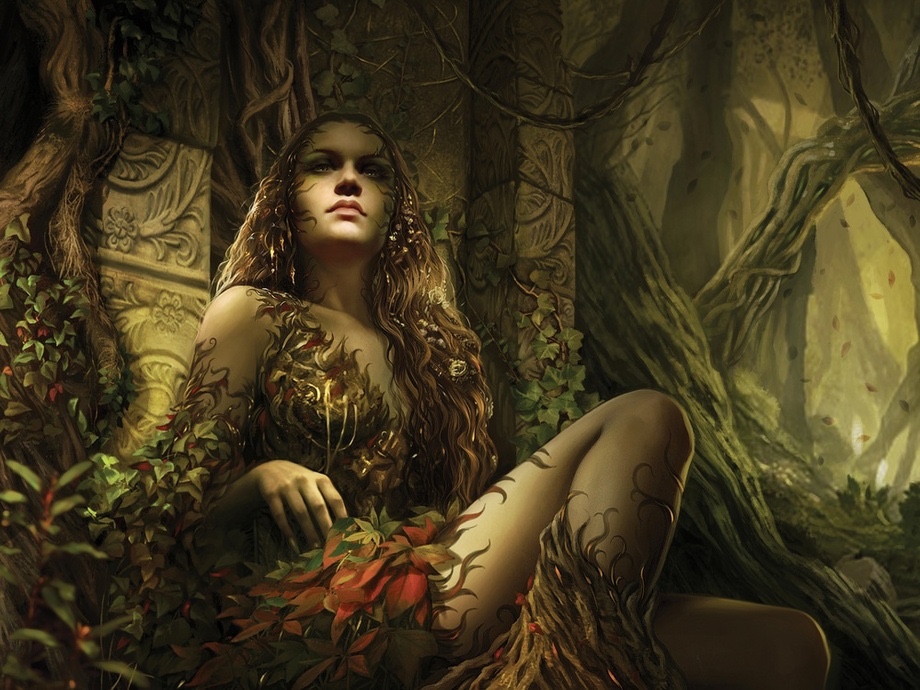
Specific flowers, such as buddleia, attract butterflies and fairies alike. Wild flowers that are bell-shaped, such as foxgloves and bluebells, work in much the same way. Planting certain flowers will encourage fairies to come in their droves and bring an extra sparkle of magic to your back yard:
- Bluebell: The indigo hue attracts fairies. They love to dance on bluebell-carpeted woodland.
- Buttercup: The golden cup brings confidence and awareness of your own abilities.
- Clover: Three- or four-leaved clover can be carried as a protective charm.
- Cowslip: Thought to be a portal into the fairy dimension.
- Daffodil: This yellow trumpet ushers in the spring and brings clarity and new beginnings.
- Daisy: Holds both the strong male energy of the sun and the soft feminine energy of the moon.
- Heather: Perfect for fairies to feed from.
- Honeysuckle: Its potent fragrance evokes old memories and buried feelings.
- Lavender: Its therapeutic fragrance soothes, cleanses and calms and induces sleep.
- Marigold: Connected to the warmth of the sun, it has magical potency at noon.
- Poppy: Bringer of dreams and visions, inspiration and creativity – when used carefully.
- Primrose: Portal to the fairy realm. Protects the household from harm.
- Rose: Bringer of love, healer of the heart and feminine energy.
- Snapdragon: Repels negativity and reveals hidden truths.
- Tulip: Shaped like a chalice, this ‘cup of love’ assists with feeling the blessings of nature.”
Sources: Connecting with the Fairies Made Easy

















